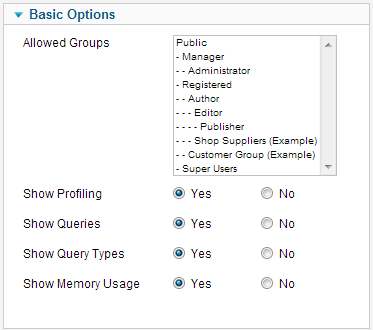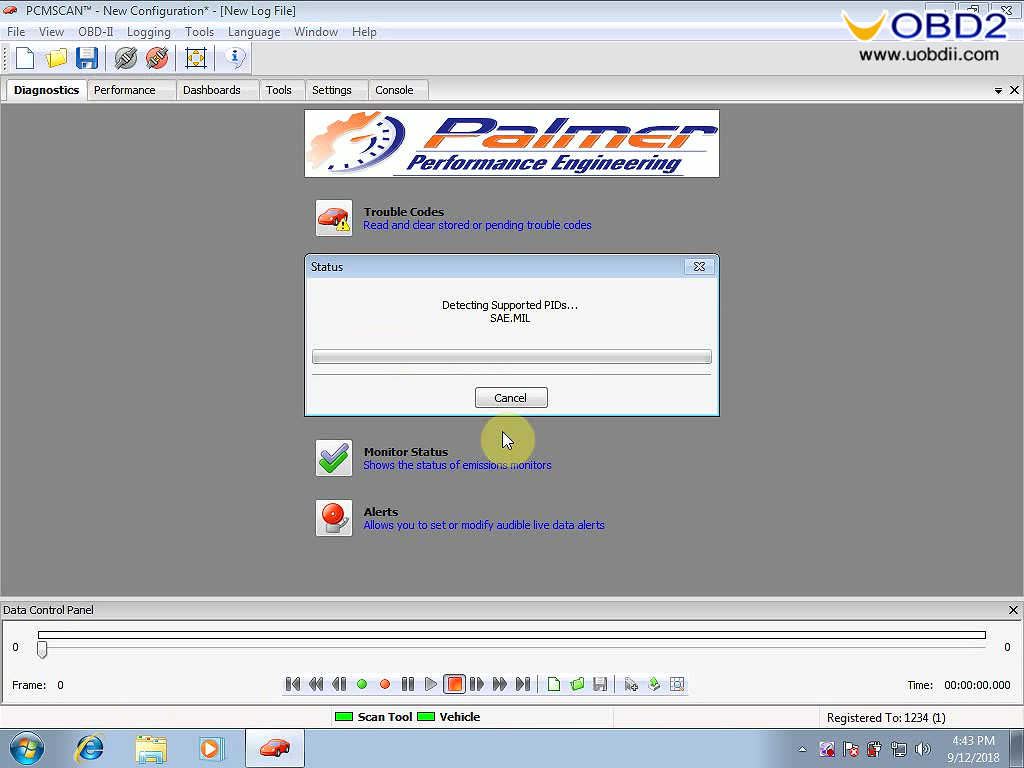

Typically, you will see variables that are referenced 3 lines behind and 1 line ahead of the current statement. The scope of what variables automatically populate from the surrounding statements depends on the language you are debugging.
#PCMSCAN DEBUG OPTIONS CODE#
**Īs you stop at different places in your code the Autos window will automatically populate with all the variables used in the current statement (the line where the yellow instruction pointer is) and some surrounding statements. **See variables used near your instruction pointer.

This can come in handy when debugging inside of loops where you are watching a single value continually change. This way you can see the value change right in-line with your code as you are stepping through it. You can also “pin” a DataTip to your code by clicking on the pin icon next to a value. If the variable is an object, you can expand the object by clicking on the arrow to see the elements of that object. The DataTip will appear showing you the value of that variable. When stopped in the debugger hover the mouse cursor over the variable you want to look at. The most commonly used way to look at variables is the DataTip. You can be stopped at a breakpoint, stopped while stepping, or even stopped at an Exception, and then you will have access to your variable values using these techniques. In order to look at the value of variables while you are debugging, you first need to be in break mode. If you’re interested in giving us feedback about our future ideas, please help us improve the Visual Studio debugger by joining our community. Which ways do you already use? Let us know in the comments below. In this post I will review seven different ways to inspect the values of your variables while debugging through your code in the Visual Studio debugger without modifying your code. You can use the tools of the Visual Studio debugger to inspect variables on the fly. This can be a tedious process, so I am pleased to tell you there is a better way than littering your code with a slew of “print()” statements you’ll have to remove later.

Then if I wanted to look at the value of another variable I would have to add a new “print()” statement, recompile, and re-run the application again.
#PCMSCAN DEBUG OPTIONS HOW TO#
When you are running your code and something is behaving unexpectedly, how do you find out what is going wrong? When I was in school the first way I learned how to debug a wonky application was by sticking “print()” statements all over the place, running my code, and looking back through the log of output seeing if I noticed that something looked wrong.


 0 kommentar(er)
0 kommentar(er)
